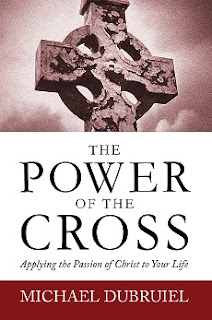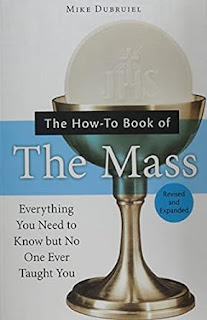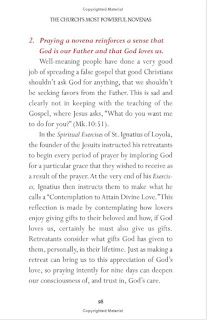The Qu'ran, which is the Bible for the Muslims, has many passages concerning the Blessed Virgin. First of all, the Qu'ran believes in her Immaculate Conception, and also in her Virgin Birth. The third chapter of the Qu'ran places the history of Mary's family in a genealogy which goes back through Abraham, Noah, and Adam. When one compares the Qu'ran's description of the birth of Mary with the apocryphal Gospel of the birth of Mary, one is tempted to believe that Mohammed very much depended upon the latter. Both books describe the old age and the definite sterility of the mother of Mary. When, however, she conceives, the mother of Mary is made to say in the Qu'ran: "O Lord, I vow and I consecrate to you what is already within me. Accept it from me."
When Mary is born, the mother says: And I consecrate her with all of her posterity under thy protection, O Lord, against Satan!"
The Qu'ran passes over Joseph in the life of Mary, but the Muslim tradition knows his name and has some familiarity with him. In this tradition, Joseph is made to speak to Mary, who is a virgin. As he inquired how she conceived Jesus without a father, Mary answered:
Do you not know that God, when he created the wheat had no need of seed, and that God by his power made the trees grow without the help of rain? All that God had to do was to say, 'So be it, and it was done.'
The Qu'ran was also verses on the Annunciation, Visitation, and Nativity. Angels are pictured as accompanying the Blessed Mother and saying: "Oh, Mary, God has chosen you and purified you, and elected you above all the women of the earth." In the nineteenth chapter of the Qu'ran there are 41 verses on Jesus and Mary. There is such a strong defense of the virginity of Mary here that the Qu'ran, in the fourth book, attributed the condemnation of the Jews to their monstrous calumny against the Virgin Mary.
FATIMA
Mary, then, is for the Muslims the true Sayyida, or Lady. The only possible serious rival to her in their creed would be Fatima, the daughter of Mohammed himself. But after the death of Fatima, Mohammed wrote: "Thou shalt be the most blessed of all women in Paradise, after Mary." In a variation of the text, Fatima is made to say, "I surpass all the women, except Mary."
This brings us to our second point: namely, why the Blessed Mother, in the 20th century, should have revealed herself in the insignificant little village of Fatima, so that to all future generations she would be known as "Our Lady of Fatima." Since nothing ever happens out of Heaven except with a finesse of all details, I believe that the blessed Virgin chose to be known as "Our Lady of Fatima" as a pledge and a sign of hope to the Muslim people, and as an assurance that they, who show her so much respect, will one day accept her divine Son too.
Evidence to support these views is found in the historical fact that the Muslims occupied Portugal for centuries. At the time when they were finally driven out, the last Muslim chief had a beautiful daughter by the name of Fatima. A Catholic boy fell in love with her, and for him she not only stayed behind when the Muslims left, but even embraced the faith. The young husband was so much in love with her that he changed the name of the town where he lived to Fatima. Thus, the very place where our lady appeared in 1917 bears a historical connection to Fatima, the daughter of Mohammed.
The final evidence of the relationship of Fatima to the Muslims is the enthusiastic reception which the Muslims in Africa, India, and elsewhere gave to the pilgrim statue of Our Lady of Fatima. Muslims attended the church services in honor of our Lady, they allowed religious processions and even prayers before their mosques; and in Mozambique, the Muslims who were unconverted, began to be Christian as soon as the statue of Our Lady of Fatima was erected.






